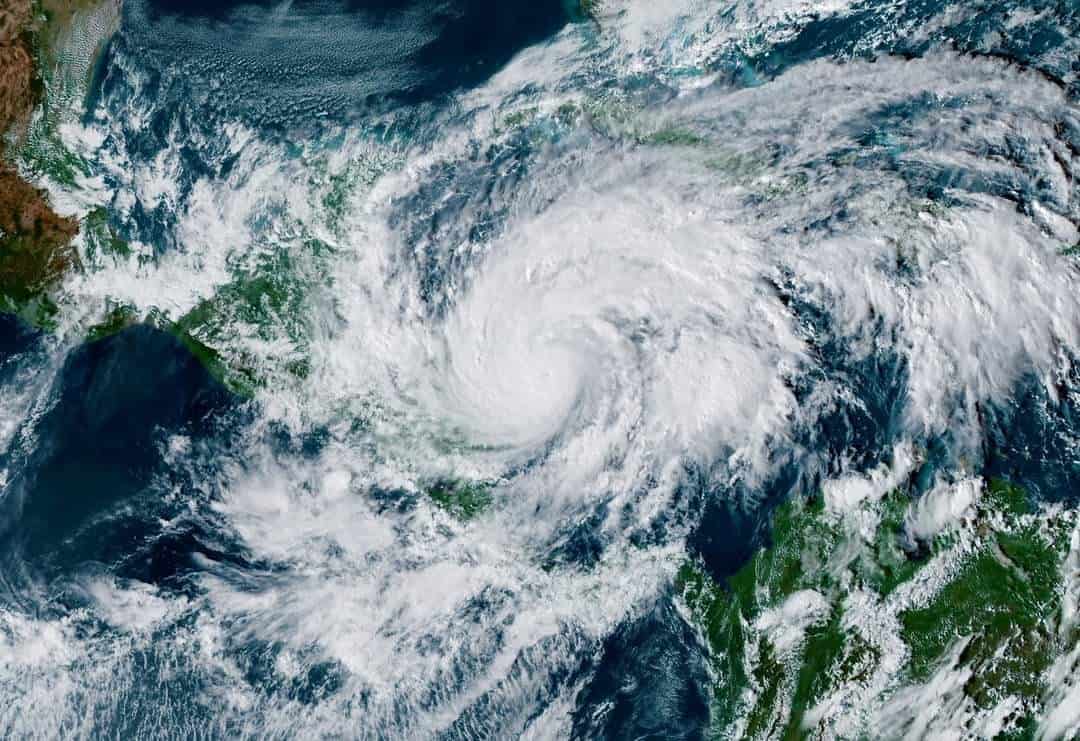Hurricanes Eta and Iota, which hit Central America this month, left at least 200 confirmed dead and as many missing, as well as millions of dollars in productivity losses and infrastructure damage from Guatemala to Panama, according to the balance sheets of the affected countries.
Eta and Iota made landfall as powerful hurricanes in the northern Caribbean of Nicaragua, dumping heavy rains that left a trail of death and destruction in Central America and the Colombian islands of the Caribbean.
Eta arrived in Central America on November 3 as a powerful Category 4 hurricane, and was overtaken two weeks later by Iota, which reached the maximum Category 5 before making landfall in the same Nicaraguan area on November 16.
Floods and mudslides left the greatest mourning in Honduras with 94 dead and eight missing, according to officials, although residents of the northern Sula Valley told local media that numerous bodies have not been recovered.
The Honduran civil protection body, Copeco, reported that 3.9 million people were affected by landslides and floods. Some 154,000 were sheltered due to damage to almost 70,000 homes.
About 300 roads were affected, 48 bridges were destroyed and 32 were damaged by landslides or river overflows.
The greatest damage occurred in the Sula Valley, the backbone of the Honduran economy, due to the overflowing of the Ulúa and Chamelecón rivers, which forced thousands of people to climb onto trees or on the roofs of the houses from which they were rescued in boats and helicopters.
Two deadly cyclones
Meanwhile, Guatemala officially registered 60 dead, 100 missing and 2.1 million affected, although the government recognized that there could be more than a hundred deaths due to a landslide caused by Eta that buried dozens of houses in the indigenous village of Quejá.
The Coordinator for Disaster Reduction (Conred), in charge of civil protection, said the cyclones also caused the evacuation of 274,829 people.
According to Conred, 211 roads and almost a hundred bridges were damaged.
In Nicaragua, 21 people died from landslides and floods, which affected more than 3 million people and left losses of $742 million, according to the government.
The Nicaraguan Minister of Finance, Iván Acosta, specified that Eta caused damages estimated at $178 million in the northeast of the country, while Iota “had a national impact” and caused losses of $564 million.
It also caused more than $361 million in damage to Nicaragua’s road infrastructure. Almost 2,000 km of highways and roads, and 106 bridges were totally or partially damaged, as well as schools, health centers and the regional hospital of Bilwi, the main city in the Nicaraguan North Caribbean.
In Panama, the two cyclones left more than 20 dead and a dozen missing, in addition to millions in losses, especially in the western province of Chiriquí and in the indigenous region of Näbe-Buglé.
Costa Rica suffered more damage from Eta than Iota. The former left two dead in the southern canton of Coto Brus, bordering Panama, when a landslide buried the house where a couple comprised of a U.S. citizen and a Costa Rican lived.
The two cyclones caused flooding of rivers and landslides on roads that left 29 communities isolated, according to the National Emergency Commission (CNE).
Authorities specified that 2,056 people had to be transferred to shelters due to flooding and damage to their homes, with the Pacific coast and southern Costa Rica being the most affected.
The National Highway Council of Costa Rica reported damage to 264 highways, 11 bridges, and 21 sewers, the repair of which required an investment of $15 million.
In El Salvador, both hurricanes left two deaths and damage to agriculture, although the financial toll has not been quantified.
Two other people died in the Colombian archipelago of San Andrés, Providencia and Santa Catalina.






